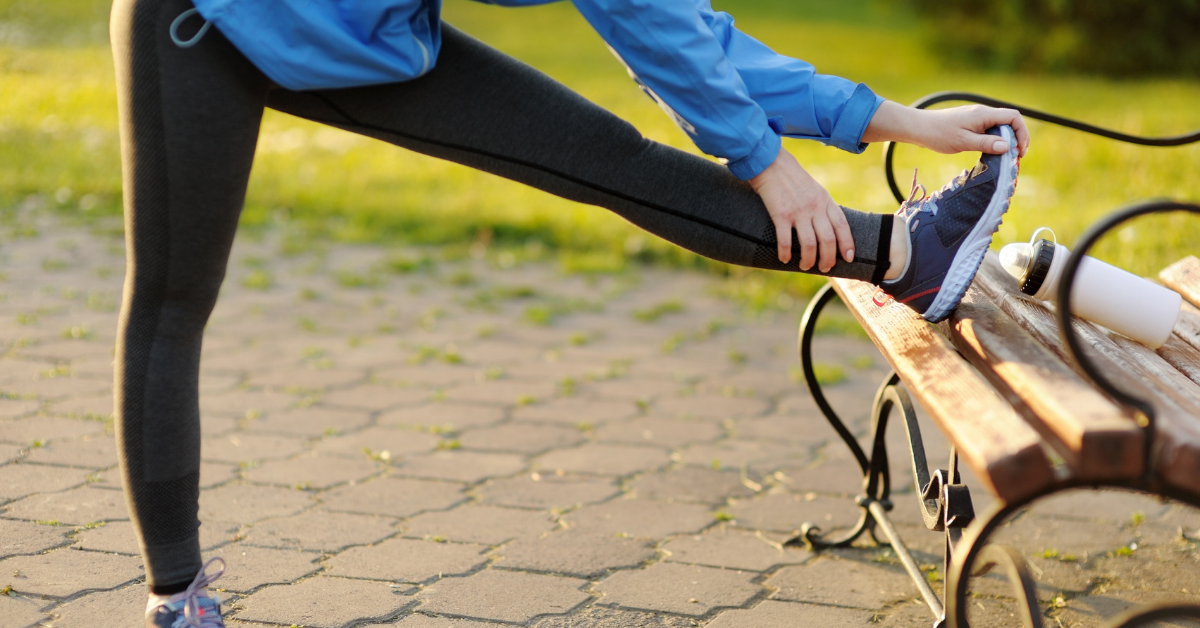
01 Dec How to Prevent Lower Back Pain
Lower back pain can be a real, well pain. It seems to inflict all of us at some point or another. You can avoid this common pain with a few simple practices and exercises. Keep your back free from strain and stress as you stretch it out, maintain good posture, and practice smart lifting.
Strengthen Your Core
Your core muscles provide needed support to your lower back and help prevent injury and tension. With a strong core, your lower back will have the endurance it needs to withstand the general strains of everyday life. You can strengthen your core with a few simple exercises done regularly.
- Plank—Starting on all fours with your legs straight and extended behind you, hold with your core tight for 30-60 seconds. If this is too challenging, you can also do the same motion but on your forearms instead of your hands.
- Stability Ball Back Extension—with a stability exercise ball, start facedown, leaning on the ball with feet resting on the floor. Place your hands behind your ears and slowly lower your upper body toward the ground. Squeeze your glutes and back as you raise your torso back up. You should end with your body in straight line. Repeat this motion for 12 reps.
- Hip Raises—lie on the ground face up with knees bent and feet flat on the floor. With your arms at your sides, slowly lift you hips toward the ceiling until you body forms a straight line from your shoulders to your knees, similar to a bridge shape.
Beware of Lifting
Lifting heavy object incorrectly can cause major lower back pain. Lift with your legs, avoid putting too much weight and pressure on your back. Even if you are strong, you can still throw out your back by putting strain on your lower back. When lifting, beware of your limits, ask for help, and use your leg muscles.
Improve Your Posture
Poor posture puts unnecessary pressure on your back. We tend to take on hunched positions for long periods of time, particularly when we are sitting. Being hunched over for extended periods can put excess pressure on your back. If you’re sitting for long periods, use an ergonomic chair, or a lumbar support pillow to give your lower back a little extra strength. Standing up once in a while will also help you to maintain good posture and get your blood flowing a little more.
Stretch Your Hamstrings
A tight hamstring can lead to a tight lower back. Practicing a few simple hamstring stretches will help to decrease the pressure placed on your pelvis bone and relieve a tight lower back.
- Wall Hamstring Stretch—lay flat on the floor neck to a couch. Extend one leg above you creating a 90 degree angle, keeping it straight. Rest extended leg up against the couch while keeping the other leg flat on the grown. Hold for 15-20 seconds. Rotate and repeat with other leg.
For more stretches that can help relieve lower back pain click here.


Sorry, the comment form is closed at this time.